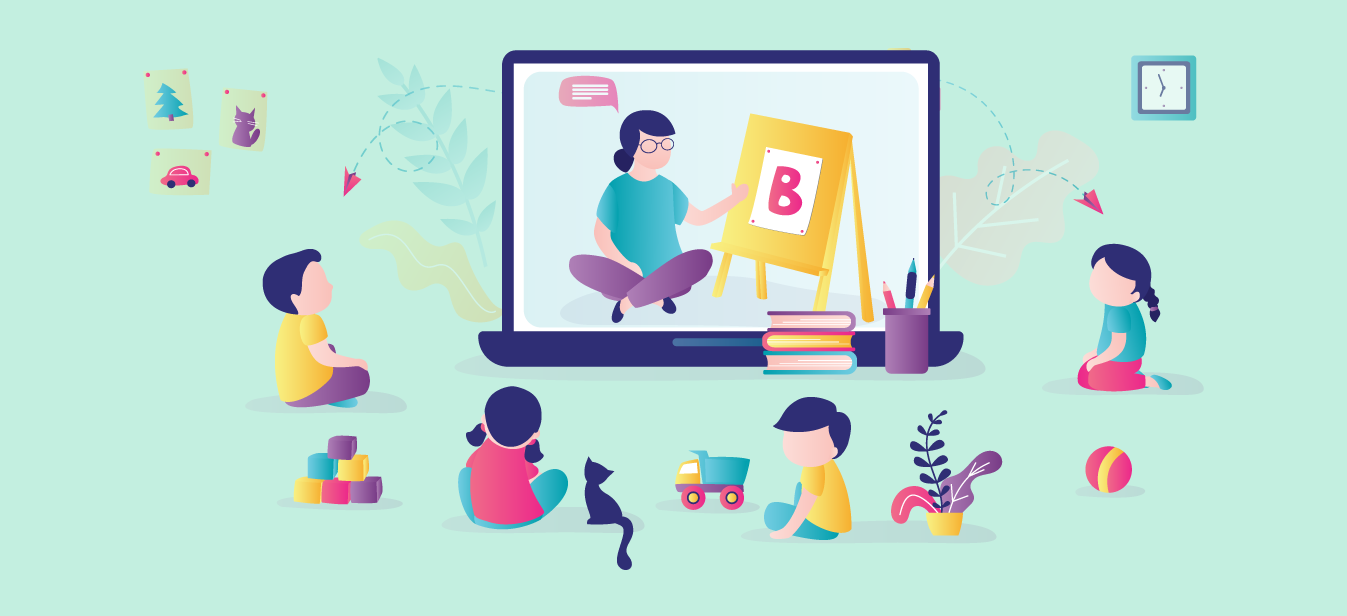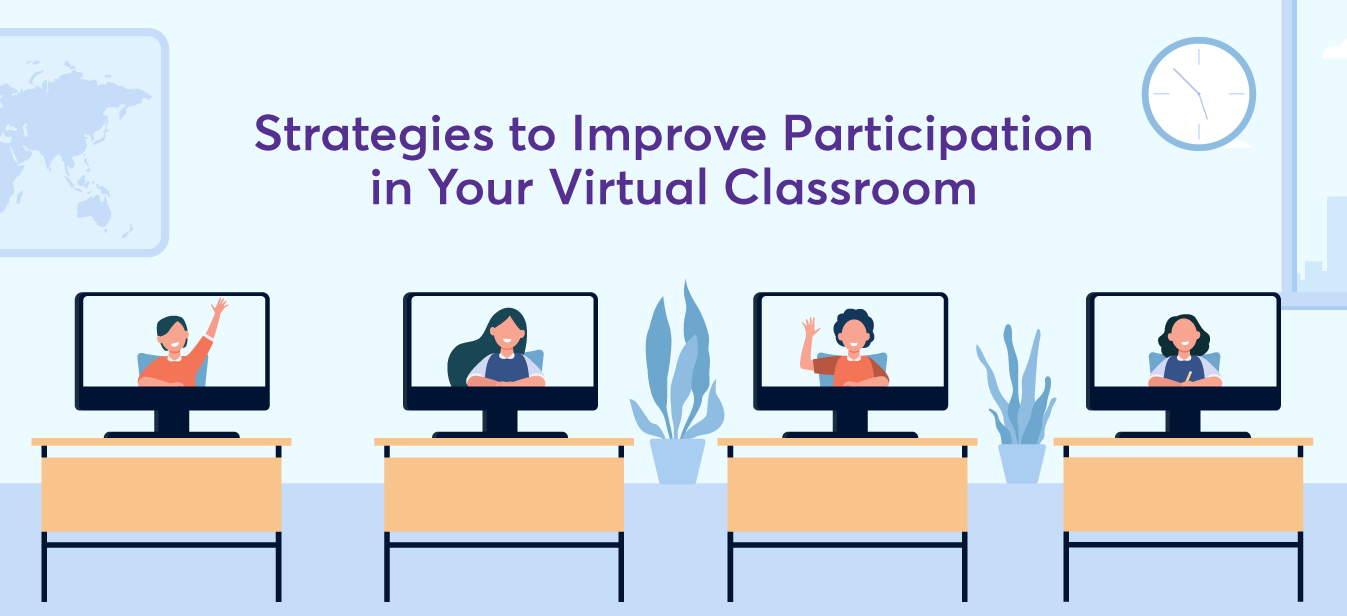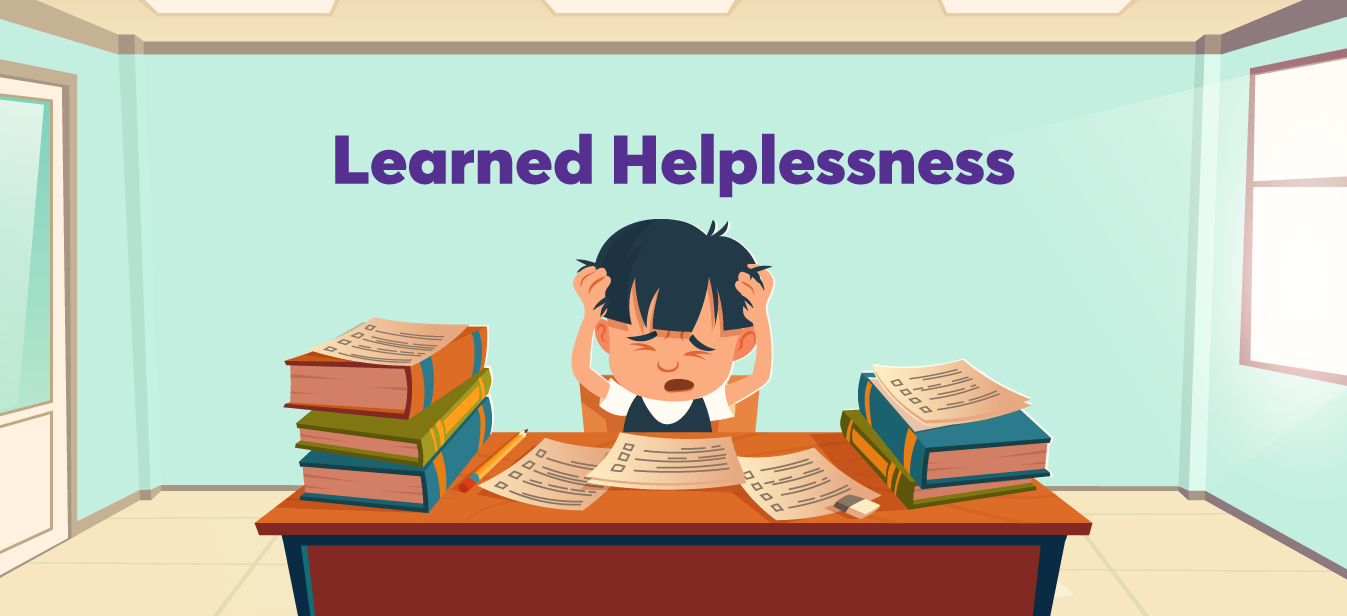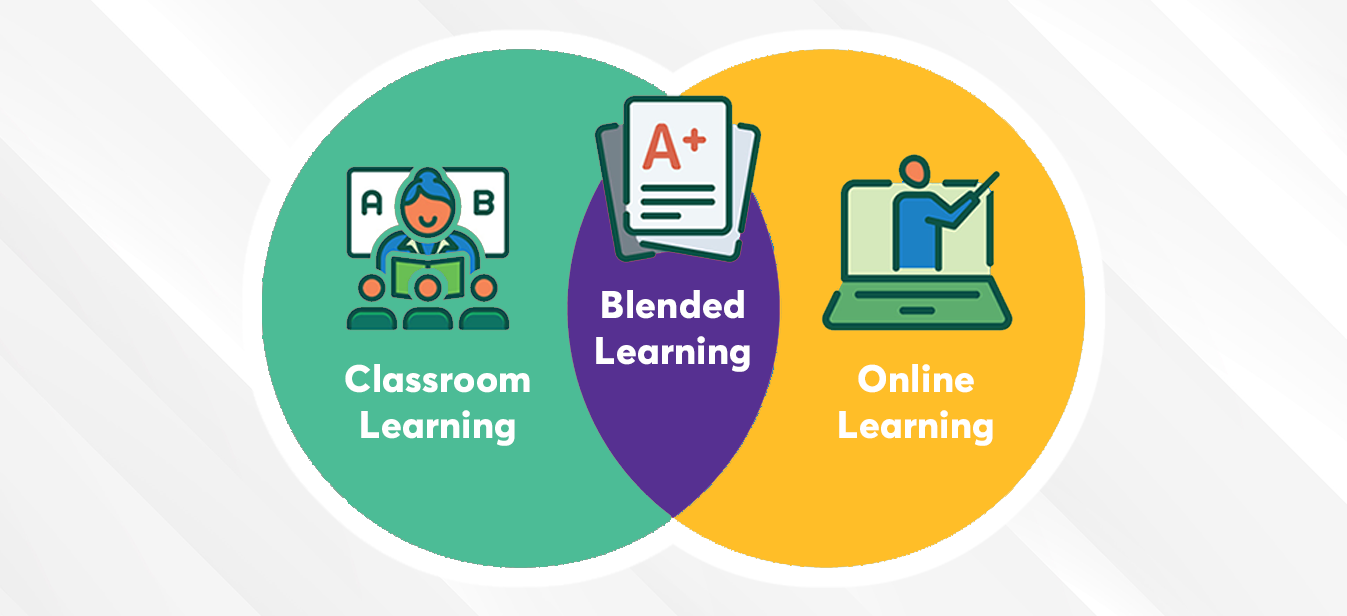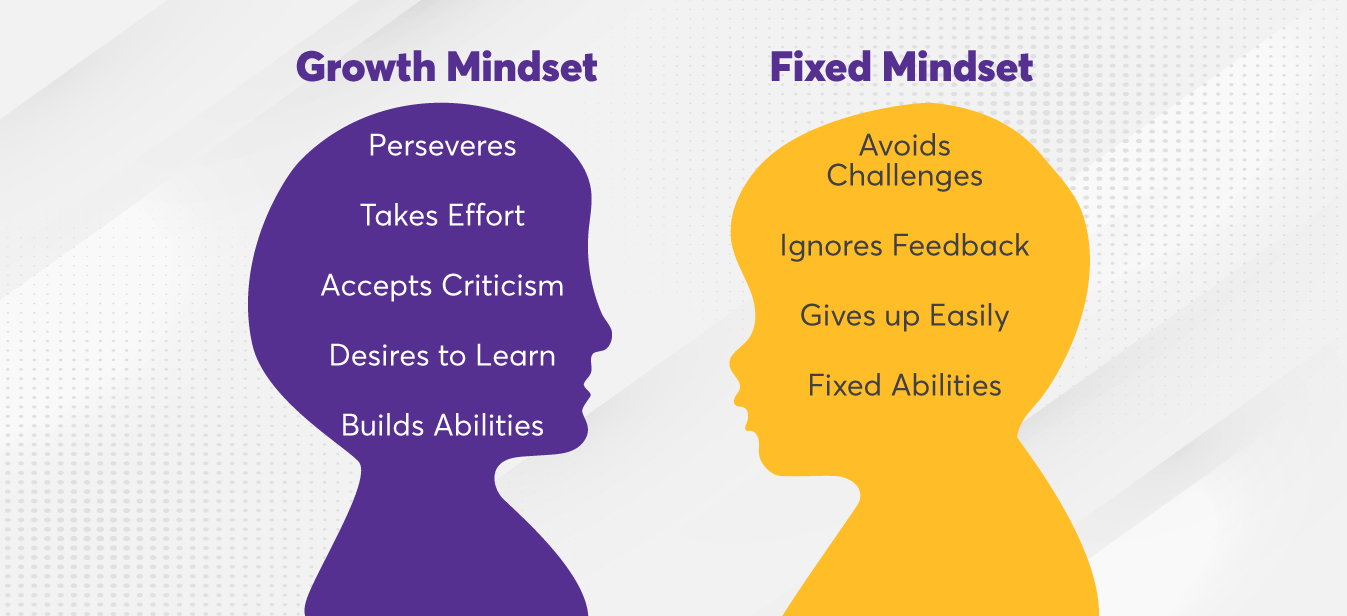
The Assam government has taken progressive steps towards implementing the National Education Policy 2020 (NEP 2020) that aims to bring out holistic qualitative improvements in academic education. By 2022, the state hopes to implement 75 percent of the guidelines outlined NEP 2020, with total compliance to be achieved by 2023.
The government has already directed schools and colleges to merge the State Education Board of Assam (SEBA) and the Assam Higher Secondary Education Council by next year. More than 1000 high schools will be converted into higher secondary schools under the first phase of reforms announced by the government, which has also decided to merge lower primary and middle levels of education to prevent students from dropping out.
The policy aims primarily to bridge the gap between enrollment, attendance, and quality of education in formal schooling. It also aims to improve basic literacy, enhance uptake of non-formal education, and promote both equivalence and equity in learning outcomes for all children regardless of the types of schools they are enrolled in.
Square Panda’s foundational learning programs and educator empowerment programs perfectly align with the NEP 2020’s vision, and the efforts of the Assam government to improve education outcomes. Let’s have a look at some of them:
Formative Assessment
Currently, no conclusive data is available in India for elementary and middle schools to assess learning levels at crucial transition points, such as those from primary to middle school and then to senior grades. Without such information, teachers cannot identify students who fall behind, leading to learning gaps later in life.
NEP 2020 focuses on regular formative assessment rather than summative assessment and how it is essential as a foundational principle of the curriculum. Additionally, the policy mentions assessments as one of its foundational principles that encourage practical learning strategies.
Square Panda India offers programs that provide a formative assessment of student comprehension, learning needs, and academic progress using various methods, including quizzes, conversations, and activities. Our programs have integrated assessment tools that allow educators and parents insight into each child’s learning process. It tracks progress with detailed graphs, task completion logs, real-time assessments, and sophisticated personalization algorithms based on the individual student’s profile. It also gives a complete report on each skill in an easy-to-read format.
Developing New-Age Methodologies Of Teaching
NEP 2020 describes a whole new way of teaching beyond rote learning. Instead, it emphasises experiential learning via gamification and apps. It’s more than just memorizing textbooks – it encourages holistic learning using the web to discover new things every day.
We believe that education should be an experience that goes beyond the classroom. By incorporating new-age skills into our existing teaching framework, we provide young learners with a fun and exciting environment to explore their cognitive, social, and emotional potential. Our mission is to create future innovators ready for the globalized world through holistic learning, and we aim for them to realize their potential by equipping them with the requisite skill sets. Our programs are made to suit practically any demographic and have been carefully curated based on years of research, client feedback, interactions with kids & parents, and formal training.
Inclusivity and equality
NEP 2020 aims to provide equitable access to education for all types of learners, across social strata, demographics, and geographies. It is primarily focusing on delivering early education for all in order to tackle the learning crisis.
We believe that inclusive classrooms where students with diverse learning needs and backgrounds interact can help eradicate systemic inequalities. At Square Panda, we focus on delivering multisensory and inclusive foundational learning programs to meet teachers’ diverse teaching needs. Our adaptive platform uses AI to personalize lesson plans to individual learners based on the requirements of each student, thus delivering curricula tailored to their specific needs or knowledge state.
Placing an emphasis on world-class technology, modern teaching pedagogies, and future-ready curriculum is the need of the hour. Our programs are designed to help educators understand how children learn, thus giving them the necessary insights needed to teach children effectively. In addition to this unique curriculum, educators will also have access to professional development courses, which will provide them with a complete understanding of English pronunciation, grammar, reading comprehension, filing skills, and writing proficiency.
With NEP 2020’s policy principles and Square Panda India’s array of programs founded in scientific principles of the 21st century, we believe its implementation can equip educators with vital skills and concepts, and help them effectively share their wisdom with eager young minds. In doing so, we can leverage strong curriculum and state-of-the-art resources to reimagine education across all levels, and in doing so create a brighter future for the nation.
To know more about our programs, please visit https://ecce.squarepanda.in/ or email us at marketing@squarepanda.in


